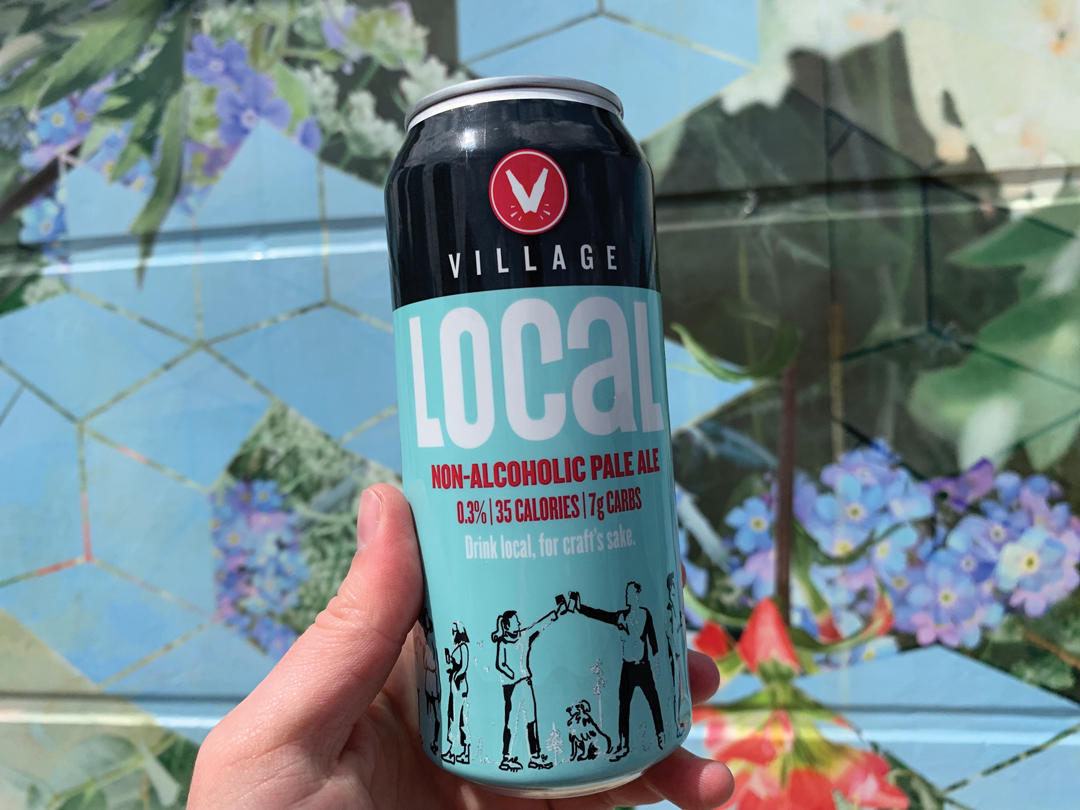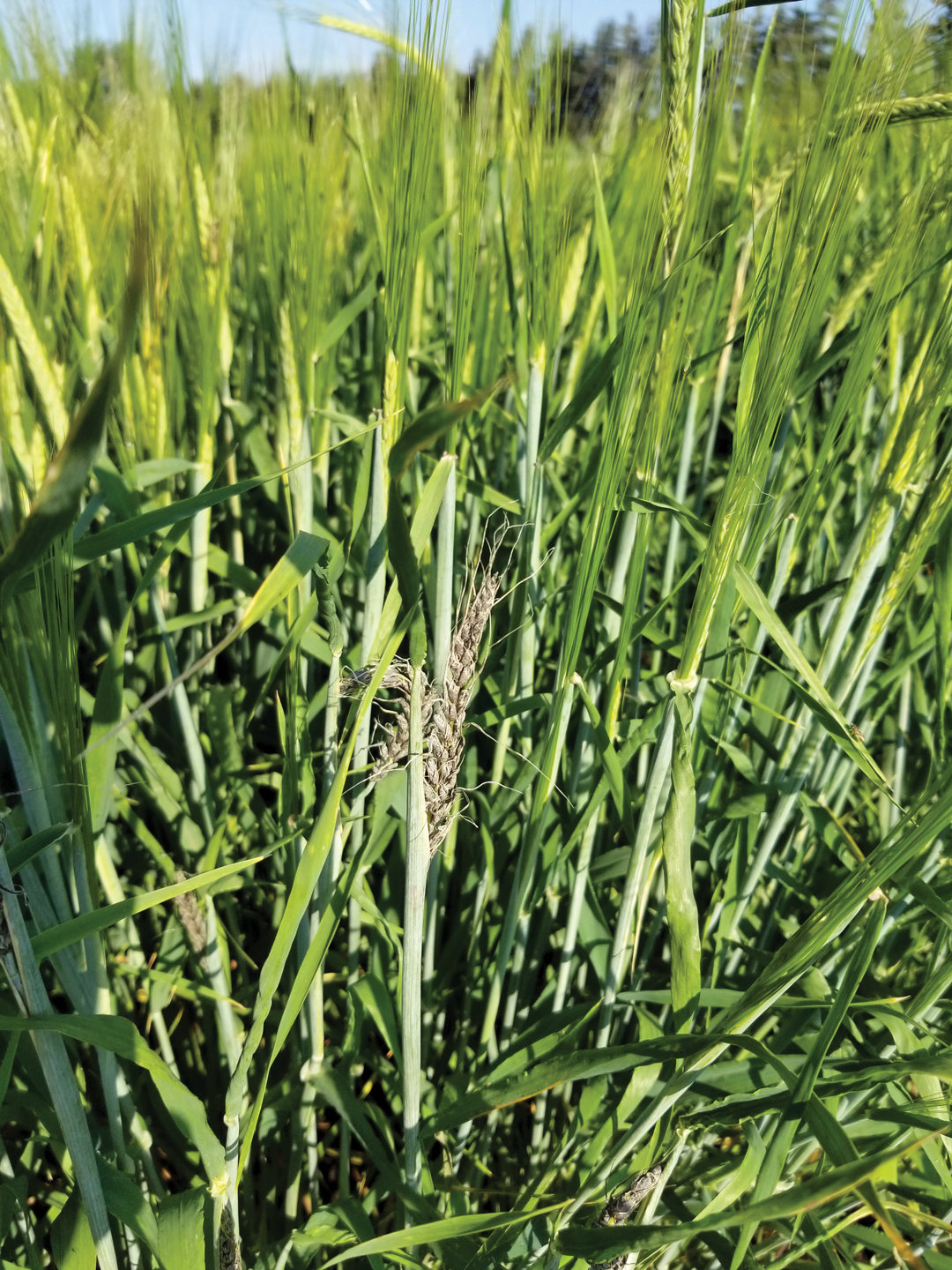LESS IS MORE
BY COLLEEN SETO • PHOTO COURTESY OF VILLAGE BREWERY
Non-alcoholic beer is often associated with weak flavour, or worse, no flavour. But that’s changing. More and more, consumers are reaching for low- or no-alcohol beers when they’re cutting calories or avoiding alcohol. A growing variety of options and flavour profiles is now available to beer lovers.
“Consumers are looking for more beverage choices that fit with healthy and active lifestyles,” said Luke Harford, president of Beer Canada. “There is the calorie piece and the alcohol issue. People often just want to enjoy a beer that doesn’t have alcohol at lunch hour or after a workout.”
Lager or wheat beers brewed with fruit juice, radlers contain two to four per cent alcohol by volume (ABV). Their recent upswing in popularity indicates consumers are keen for low-alcohol options.
Brewers across the nation are responding with innovative new products. Calgary’s Village Brewery launched its first non-alcoholic beer—Local Pale Ale (0.3 per cent ABV)—this past summer. “There was an opportunity in a largely ignored market,” said brewery manager Jeremy McLaughlin. “If you look at European markets, non-alcoholic beers are very much a part of their culture. The trend in North America is that people are trying to be more health conscious. This means non-alcoholic offerings are getting more requests.”
The new Village beer has been well received, though McLaughlin admits that people do sometimes add a qualifier: It’s good … for a non-alcoholic beer. “Our goal is to produce a great beer that can be enjoyed whenever—without the need for a disclaimer,” he said. He believes the comparison to alcoholic beer will decrease once non-alcoholic beers become more popular in Canada. Village is banking on this as it prepares to add a stout to its non-alcoholic lineup in 2020.
Craft brewers in particular are well-positioned to meet this consumer demand, said Mike McNeil, executive director for the Alberta Small Brewers Association. “We’re small and agile, and customers look to us for innovation in beer. I see low- and no-alcohol beers as an emerging trend and another way to bring more customers to our industry.” McNeil also points to the launch of craft sodas by brewers. “It’s unsurprising that many brewers are experimenting with new products.”
Harford agrees. “Low- and no-alcohol beers are one more innovation for our industry. We’re trying to meet the demands of our customers. Where they might normally not enjoy a beer, they could now.”
Despite growing demand, Canadian brewers face the obstacle of an excise tax in this category. Beers with less than 0.5 per cent ABV are subject to the tax, though wine and spirits aren’t.
Beer Canada is seeking a recalibration of the existing schedule of federal excise duty rates so that non-alcoholic beers are not taxed. This would free up capital for brewers to take advantage of the emerging trend, giving consumers greater choice of low- and no-alcohol beer products.
“By changing the schedule, brewers can better innovate in this area and put the money behind new brands,” said Harford. “It’s a very competitive marketplace. We’re up against cannabis products, too, now. Brewers are under an enormous tax burden, and we need to help them build some momentum to grow this area. It’s a place where beer can really demonstrate its flexibility in providing customers with options for whatever occasions they are looking to enjoy beer at.”







Comments